Types of Fire and Fire Extinguisher
1. Fire Definition
2. Types of Fire or Class of Fire
3. Types of Fire Extinguisher
Ø Fire – Fire is a chemical
reaction or a process of bonding in which fuel is ignited in the presence
oxygen and heat and typically gives off light, heat, flame and smoke.
▲Fuel + Oxygen + Heat =
Fire
Let Us See
How Fire Occur
Ø There
must be 3 elements present.
Ø These
elements include Oxygen, Heat and Fuel.
Ø When
all 3 of these elements come together it creates a chemical reaction which
causes fire.
Ø In order to put out a fire, you need to remove one or more of these elements.
Types of Fire
v
Fire is mainly divided
into six categories or we can say Class.
1. Class A
2. Class B
3. Class C
4. Class D
5. Class E
6. Class F
Ø
Class A Fire - If a fire occurs in a solid material, then we call it class A fire such as wood, Paper, Textiles, Fiber,
Coal, Rubber, Plastic etc.
Ø
Class B Fire - If a fire occurs in a flammable liquids, then we call it class B fire such as petrol, diesel, oil, paints etc.
Ø
Class C Fire - If a fire occurs in a flammable gases, then we call it class C fire such as Methane, Propane, Butane etc.
Ø
Class D Fire - If a fire occurs in metals due to overheat, then we call it class D fire such as aluminum, magnesium, etc.
Ø
Class E Fire - If a fire occurs in electrically energized
equipments, then we call it class E fire or Electrical Fire.
Note :- Fires
that involve electrical energized equipments are designated “class C” under the
American system and “class E” under the European/Australian Systems.
Ø
Class F Fire - If a fire occurs in cooking oils or in fats then
it is called Class F Fire, we can simply
say as a Kitchen Fire.
Note :- Fires
that involve cooking oils or fats are designated “class K” under the American
system and “class F” under the European/Australian Systems.
I hope… it is cleared now about types of fire so let’s talk about types of fire extinguisher
Different Fire Extinguisher
Types and Uses
As
you review the fire extinguisher guide below, it's important to understand two
things.
Ø First,
different types of fire extinguishers are designed to fight a different classes
or ratings of fire.
Ø Second, each fire extinguisher type works by removing a particular element from the fire equation.
Ø Water type fire extinguishers - Work by attacking the heat element of the fire equation. Water extinguishers should only be used on class ( A ) fires that involve ordinary materials like paper, wood, fiber and coal.
Ø Foam fire extinguishers - Work by removing the heat and oxygen elements of the fire equation. This type of fire extinguisher should only be used on class ( A ) and ( B ) fires and should never be used on class ( E ) electrical fires due to electrocution hazard.
Ø CO2 or Carbon Dioxide fire extinguishers - Work by attacking the oxygen in a fire. They also work to remove heat due to a very cold discharge. CO2 fire extinguishers should only be used on class (C) electrical fires and class (B) combustible liquid fire.
Ø DCP ( Dry chemical Powder fire extinguishers ) –Primarily work by interrupting the chemical reaction of a fire. A very versatile fire extinguisher, these are rated to be effective on class A, B and C fires. Since A-B-C fires are the most common, dry chemical fire extinguishers are the most widely used in home fire situations.
Ø Wet chemical fire extinguishers - Work by first removing the heat element of a fire and then preventing re-ignition by creating a barrier between the oxygen and fuel elements. This classification of fire extinguisher was specifically developed for class ( F ) fires that involve cooking oils and fats. Most often these fires occur in commercial restaurants and cafeteria settings.
Ø Dry powder fire extinguishers - work by separating
the fuel from the oxygen of a fire. These are only for use in class ( D ) fires
that involve combustible metals like magnesium, titanium, potassium and sodium.
The
powder agent used may be powdered graphite, granular sodium chloride or copper
based, all of which are effective at separating the fuel (the ignited
combustible metal) from the oxygen.
Ø Which fire extinguisher classification is right for you?
Ø As
you can see, each class of fire requires a certain type of fire extinguisher to
fight it. For most people, a dry chemical A-B-C rated fire extinguisher is
going to be the best unit to have around the home, car or workplace.
Ø For
others in a more specialized environment, a different type of fire extinguisher
will be needed for effective firefighting.
For Download PDF of Types of Fire and Fire Extinguisher Click Here
( डाउनलोड करने के लिए इस लिंक पर क्लिक करें )






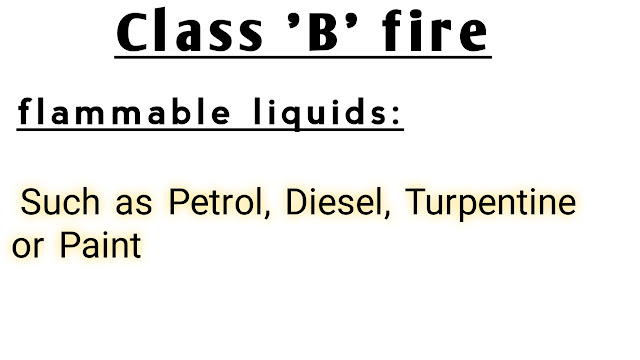
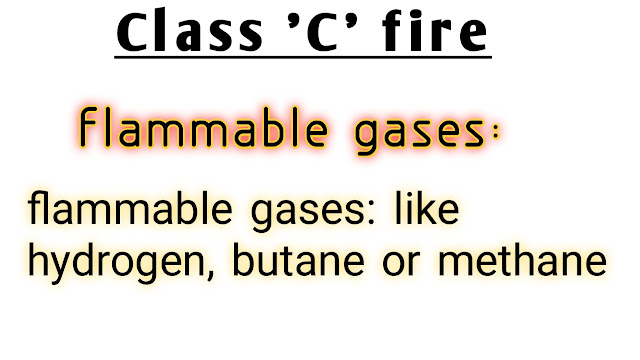
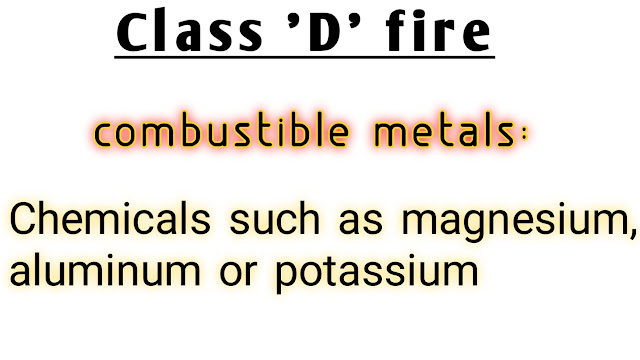



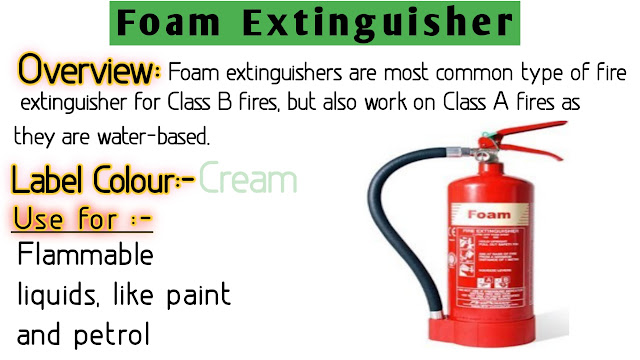

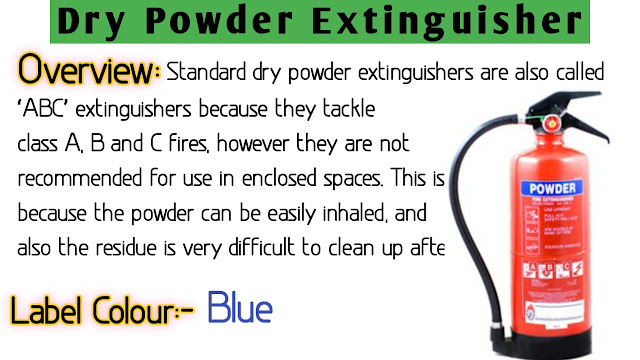





Thanks for the day
ReplyDelete